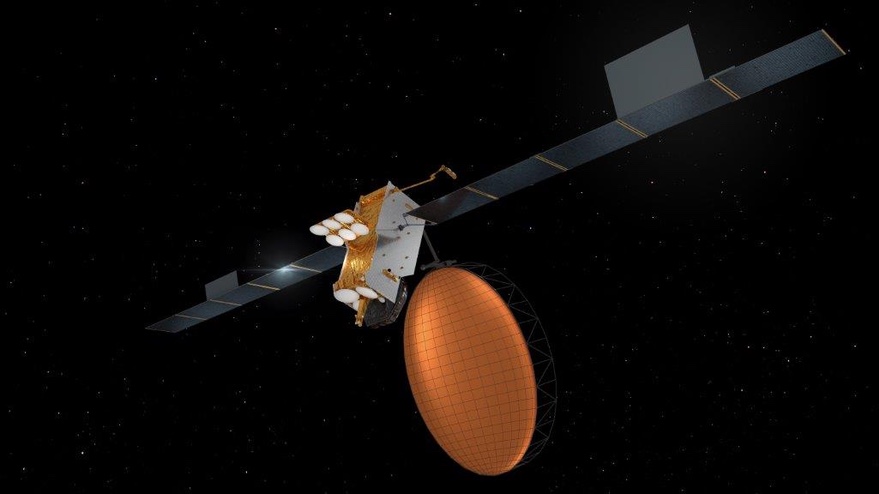WASHINGTON — Days after acknowledging it would no longer operate its own satellite network, Dutch internet-of-things startup Hiber says it is partnering with Inmarsat to provide those services.
Hiber announced Oct. 12 that it will use Inmarsat to provide the satellite connectivity for the IoT services it offers, primarily to industrial customers. Hiber will combine that satellite capacity with its own proprietary protocols for low-power and low-data services to its terminals.
Hiber will use a new Inmarsat network called ELERA that Inmarsat announced in August. ELERA is designed to support IoT services using its existing L-band satellites, enhanced by the two Inmarsat-6 satellites scheduled for launch late this year and next year that will offer significantly enhanced capacity.
“This strategic partnership with Inmarsat creates the most powerful global network for IoT available and helps Hiber to focus on rural remote, and industrial IoT solutions, which is where the real life-changing innovation will happen,” Roel Jansen, chief executive of Hiber, said in a statement. He added the agreement gives Hiber “immediate access to a global market” and “helps us accelerate our time to market.”
The announcement comes two and a half weeks after Hiber notified the Federal Communications Commission that it was surrendering a license to operate its own constellation of 24 smallsats to provide IoT services. The company claimed a combination of technical problems with the four satellites it had launched so far and financial issues kept it from continuing with its own system.
In its Sept. 24 letter to the FCC, Hiber said it had “pivoted its business operations and intends to provide Internet-of-Things services through leased capacity on a third-party satellite network,” but did not disclose the company providing that network. That letter, though, referenced another FCC filing by Hiber seeking permission to operate 500,000 mobile terminals.
“Hiber will use the Inmarsat satellite network using dedicated beams leased from Inmarsat,” the company said in its June 7 filing about the terminals. The FCC approved the application Oct. 5.
Hiber hasn’t disclosed details about the technical problems with its satellites that it said forced it to surrender its FCC licenses. The company said two of the satellites had been decommissioned and the other two suffered technical issues that would be “cost prohibitive” to correct. It did not identify which of the four satellites had been decommissioned and which had the technical problems.
One industry source said the company’s first two satellites, launched in late 2018, had been decommissioned, although it was not clear why. The other two, launched in January and March of 2020, weren’t known to have serious technical issues.
